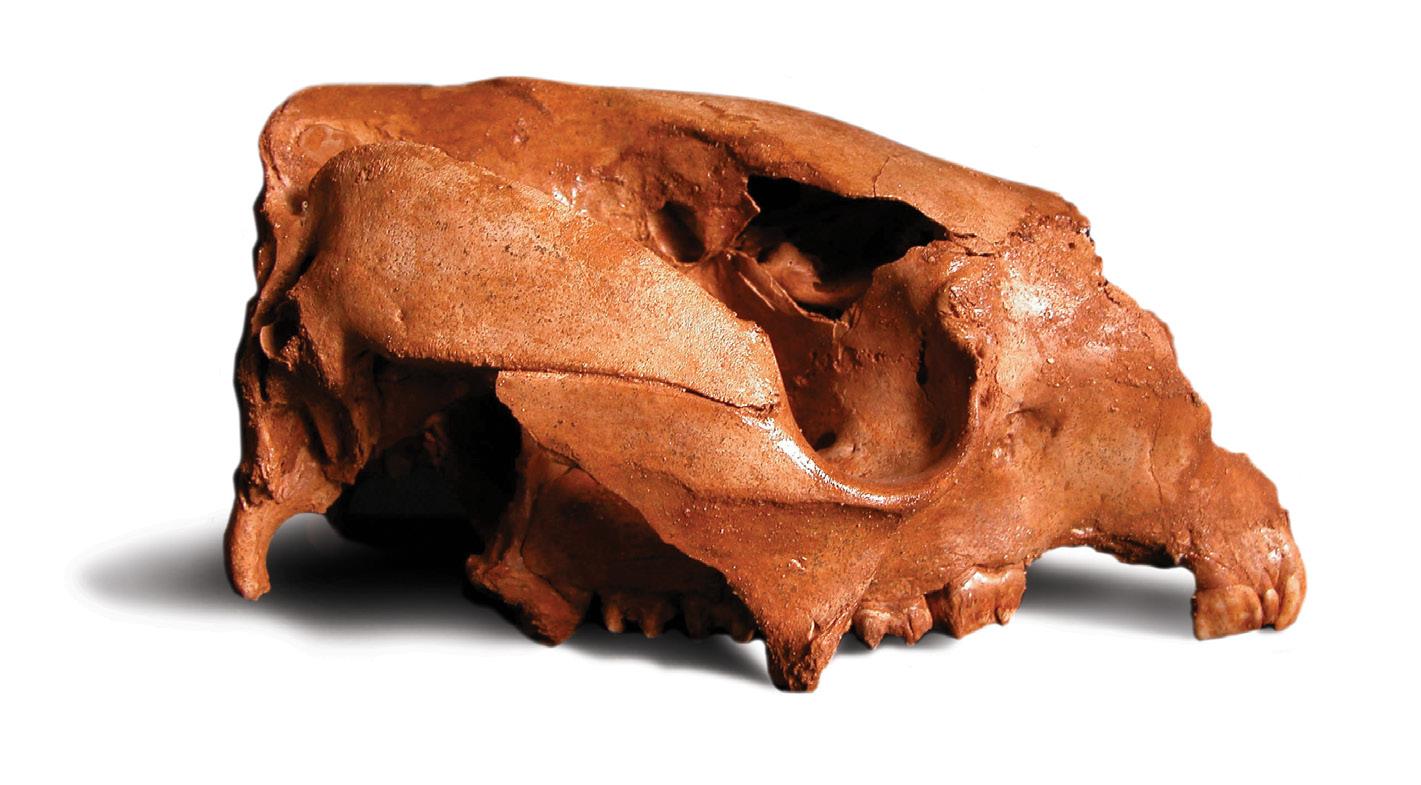
1 minute read
The bones are talking
ENVIRONMENT & SUSTAINABILITY
ASSOCIATE PROFESSOR LEE ARNOLD Lead researcher
Advertisement
DR LIZ REED Senior researcher
South Australia’s Naracoorte Caves are a UNESCO World Heritage-listed treasure. Among thousands of fossils already found there are nearly 20 species of megafauna and over 135 small vertebrate species. But there’s much more to come; the Caves promise to provide a clear record of environmental change over the past 500,000 years, and priceless insight into shifts currently underway. University of Adelaide-led research is bringing it all to light. In collaboration with other Australian universities, museums, government and industry partners, our researchers have taken on the mammoth task of excavating the multi-chamber limestone system’s estimated 5,000 tonnes of still-untouched sediment; cataloguing its contents; and piecing together its unprecedented fossil and environmental record. Lead researcher Associate Professor Lee Arnold:

“Our study integrates all aspects of the Caves’ preserved deposits— flora, fauna, wildfire records, sediment and calcite formations.
“We’ll learn a huge amount about variations in rainfall and climate, which will allow us to understand past biodiversity responses to variability, and inform future conservation and climate change adaptation strategies.” The team is employing innovative approaches in geochronology, palaeontology and geochemistry to develop comprehensive palaeoecological and palaeoclimatic histories for the site. They’re also creating, for the first time, a highly detailed 3D model of the entire known Naracoorte system and surrounding region. As cutting-edge and valuable as the work is, it’s the tantalising possibility of further megafauna discoveries that most excites the Caves’ steady flow of tourists. “They’re definitely the rock stars of the collection,” says senior researcher Dr Liz Reed. “The area’s already known to have been home to gigantic short-faced kangaroos; a huge 5-metre snake, Wonambi naracoortensis; a large tapir-like marsupial, Palorchestes azael; and, of course, there’s the king of the Pleistocene forests, Thylacoleo carnifex—a fearsome relative of koalas and wombats. So naturally visitors to the Caves are always wondering what fantastical creature we’ll find next. “I can’t blame them, either. I still feel that raw excitement myself every time I head back in there.”
Left: Dr Liz Reed (right) unearthing fossils in South Australia’s UNESCO World Heritage-listed Naracoorte Caves. Photos courtesy Steve Bourne.










